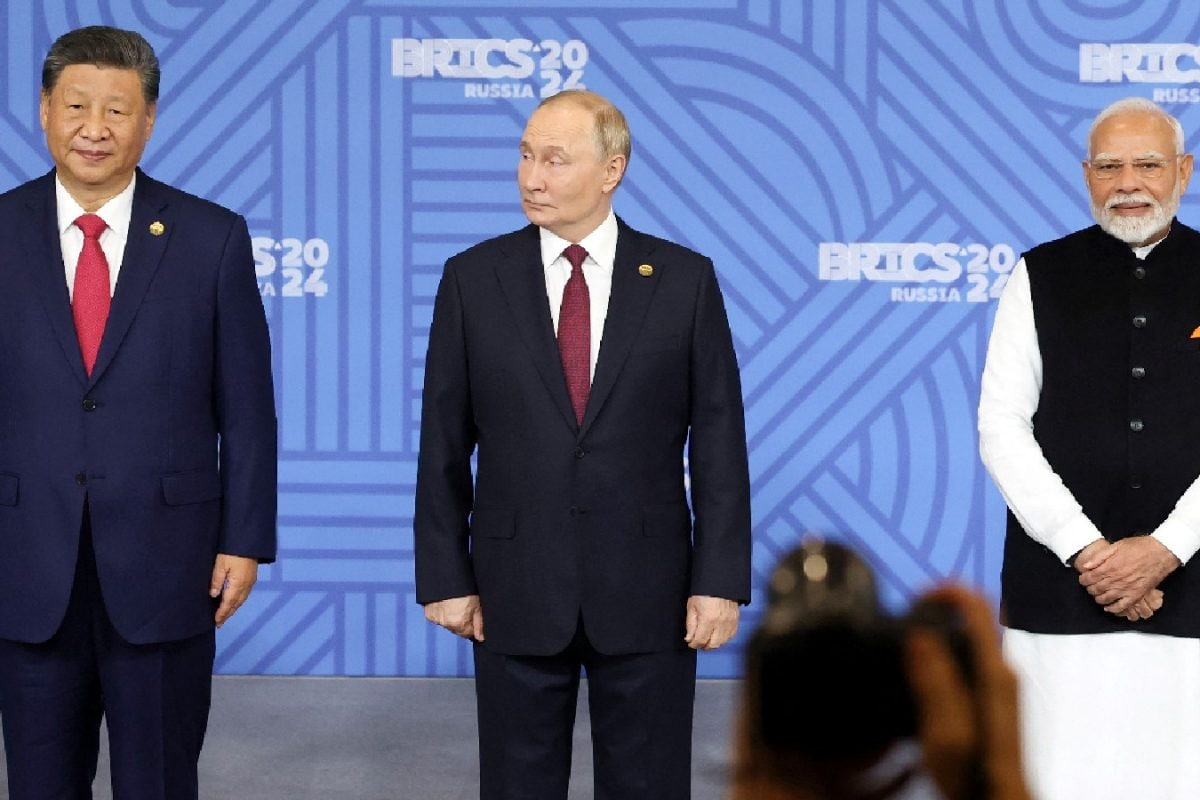

The possibility of an upcoming trilateral meeting between India, China, and Russia is gaining traction, with the Indian Ministry of External Affairs (MEA) hinting at developments "for the first time in...". This resurgence of the Russia-India-China (RIC) dialogue, a strategic grouping that has been largely dormant in recent years, carries significant implications for regional and global geopolitics.
The RIC format, conceptualized by Russia in the late 1990s, aimed to counterbalance Western dominance and foster cooperation among the three nations in areas such as foreign policy, economics, and security. Over the years, it facilitated numerous ministerial-level meetings, but the Galwan Valley clashes between India and China in 2020 brought the dialogue to a standstill.
Now, amidst a shifting global landscape, Moscow is keen to revive the RIC summit, potentially on the sidelines of the BRICS summit in Rio de Janeiro in early July. Prime Minister Narendra Modi, President Xi Jinping of China, and President Vladimir Putin of Russia are all expected to attend the BRICS summit, providing a conducive environment for trilateral discussions.
While India has not expressed outright aversion to the RIC restart, it is approaching the prospect with cautious optimism. New Delhi is reportedly of the view that External Affairs Minister S Jaishankar should first meet with his Chinese and Russian counterparts to set the stage for a summit later. This measured approach reflects India's strategic balancing act in a multipolar world.
Several factors contribute to the renewed interest in the RIC format. For Russia, the trilateral relationship is seen as essential to counter what it views as U.S.-led Western hegemony. With strained relations with the West due to the Ukraine war, Moscow is actively seeking to strengthen ties with both India and China. China, too, has signaled its willingness to restore trilateral cooperation, emphasizing its contribution to regional and global peace, security, and stability.
However, challenges remain. The ongoing border disputes and trust deficit between India and China continue to be a major hurdle. Recent tensions between India and Pakistan, with China seemingly siding with Islamabad, have further strained bilateral ties. India's growing ties with the West and its role in the Quad also complicate its engagement with the RIC grouping. Furthermore, Russia's increasing closeness with China, particularly in light of the Ukraine conflict, may raise concerns in India about the impartiality of the RIC platform.
Despite these challenges, the RIC format presents both opportunities and risks for India. On one hand, it provides a platform to showcase its strategic autonomy and assert its role in a multipolar world. It also allows India to engage with both Russia and China on regional and global issues of mutual concern. On the other hand, India must be wary of being drawn into a bloc that could undermine its relations with the West or compromise its strategic interests.
India's approach to the Russia-Ukraine war reflects its commitment to strategic autonomy and its desire to maintain relations with both sides. While India has repeatedly called for peaceful dialogue and respect for sovereignty, it has refrained from condemning Russia or joining sanctions. This stance has allowed India to act as a bridge between the West and Russia, and potentially play a role in future peace efforts.
Ultimately, the success of the RIC trilateral meeting will depend on the ability of the three nations to address their differences and find common ground on key issues. Whether this "first time in..." development leads to a meaningful and sustained dialogue remains to be seen, but the potential implications for the regional and global order are undeniable.